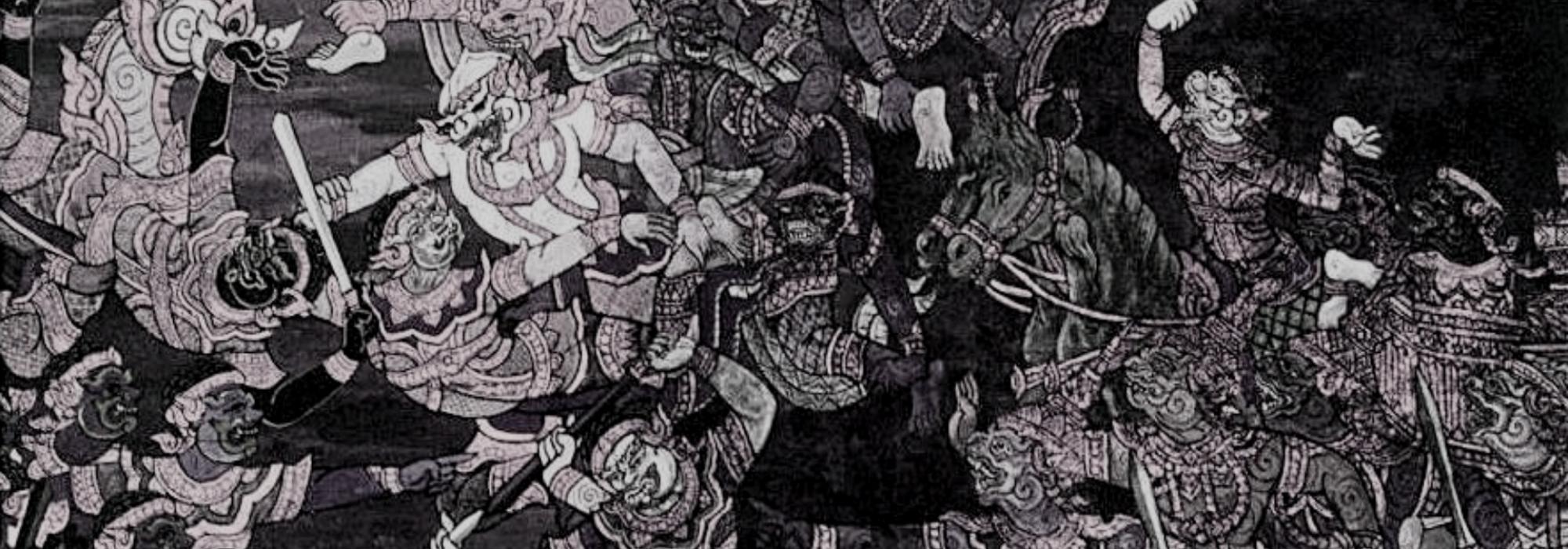The Age of the Vedas: Introduction
According to the Puranas, there are no more kshatriyas left in the world; नन्दान्तं क्षत्रिय कुलं – with the fall of the Nanda dynasty, after the rule of Dhanananda, no more kshatriyas were left in the world (see for example, "महानन्दिनस्ततः प्रभृतिः... शूद्रा भूपाला भविष्यन्ति" – Vishnu Purana 4.14.10-11 and "महानन्दसुतश्चापि शूद्रायं कलिवंशजः| उत्पत्स्यते महापद्मः सर्वक्षत्त्रान्तको नृपः|| ततः प्रभृति राजानो भविष्याः शूद्रयोनयः| – Matysa Purana 171.17-18). Those who remained were from the other varnas; it is said that there weren’t any kshatriyas by birth. This opinion might be valid if we consider ‘kshatriya’ to be merely a value that arises from being born with the blood of a kshatriya. But long before the nine Nanda kings, we see in the words of Yudhishthira in the Ajagaropakhyana in the Vana Parva of the Mahabharata,
“There has already been so much of mixing up of varnas; no varna can be said to be distinct and pure” (MB 3.180.31-33)
Even the Pandavas, can they be said to be pure-blooded kshatriyas? Not at all. [Pandavas were not the biological children of Pandu] So we have to give importance to guna. What we call as guna comes from a combination of nature and culture; sometimes it comes by birth, at other times from the surroundings and nurturing environment; it may come even from study or from inspiration. Hence it is impossible to pinpoint the source of the guna. In sum, kshaatra depends on guna and not on birth. And even when we speak of a trait as being ‘inborn,’ this has nothing to do with heredity. It merely implies that the person has a trait since his or her birth. Krishna says in the Bhagavad-Gita,
“चातुर्वर्ण्यम् मया सृष्टं गुणकर्म विभागशः” – I have brought forth the four basic traits, a classification based on guna and karma. (BG 4.13).
While explaining this verse, starting from Shankara, all traditional commentators have defined guna as a trait that comes from birth. The great acharya Shankara himself might have said so, but I disagree in this matter. The reason being that there are several perils if we attach all this to mere birth. Hence we have to embrace guna above all. We see it everywhere and we have to further emphasize it. Further, action aligned to guna happens through that. In our shatras, Itihasas, and Puranas, there is a possibility to view this as an exalted thing. We can see this also from contemporary examples.
To be continued...
Translated from Kannada by Hari Ravikumar
(Translator's notes in square brackets.)

















































